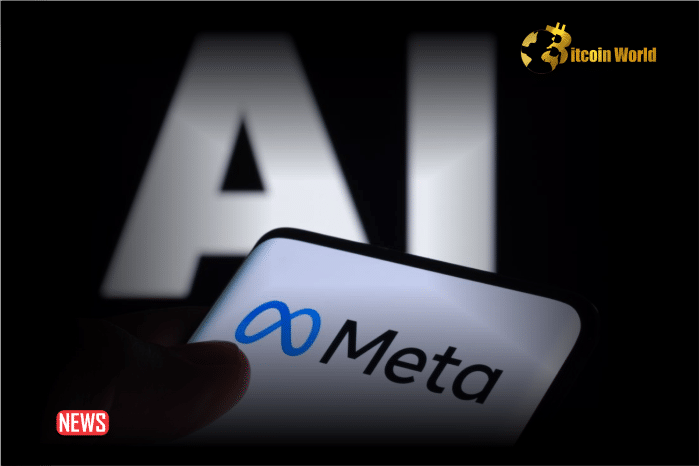In a move towards greater transparency and accountability, Meta, the parent company of Facebook, Instagram, and Threads, is set to implement a new policy of labeling AI-generated content. This decision comes amidst growing concerns about the proliferation of deepfakes and manipulated media, particularly in the lead-up to crucial elections worldwide. But what does this mean for you, the everyday social media user?
Why is Meta Labeling AI Content?
The rise of sophisticated AI technologies has made it increasingly difficult to distinguish between authentic and synthetic content. This has led to widespread concerns about the potential for misinformation and manipulation. Meta’s decision to label AI-generated content is a direct response to these concerns and aims to provide users with the context they need to make informed judgments about the information they encounter online.
- Combating Misinformation: By labeling AI-generated content, Meta hopes to reduce the spread of false or misleading information, especially during critical periods like elections.
- Increasing Transparency: The labels will provide users with clear indicators that content has been created or altered using AI, allowing them to assess its credibility.
- Addressing Deepfake Concerns: As deepfake technology becomes more advanced and accessible, labeling helps users identify potentially manipulated media.
How Will Meta Implement AI Content Labeling?
Meta’s labeling project will be rolled out in two phases:
- Phase 1 (Starting May 2024): AI-generated content across various formats (audio, video, and images) will be identified and categorized. Content deemed to have a high risk of deceiving the public will receive more prominent labeling.
- Phase 2 (Starting July 2024): The outright removal of altered media based solely on its AI-manipulated nature will be discontinued. Unless the content violates other Community Standards (e.g., hate speech, election interference), it will remain accessible with a label.
Meta will use a combination of user reports and its own AI detection tools to identify AI-generated content. When detected, content will be tagged with a “Made with AI” label.
Meta’s Response to the Oversight Board
This policy shift was significantly influenced by criticism from Meta’s Oversight Board, an independent body that reviews the company’s content moderation decisions. The board urged Meta to reassess its approach to manipulated media, particularly in light of the advancements in AI technology.
Monika Bickert, Vice President of Content Policy, stated, “We agree with the Oversight Board’s argument that our existing approach is too narrow since it only covers videos that are created or altered by AI to make a person appear to say something they didn’t say.”
Instead of simply removing manipulated media, Meta will now focus on labeling and contextualization to provide transparency about the content’s origin and authenticity. This approach reflects Meta’s commitment to freedom of speech while mitigating the risks associated with misleading or deceptive media.
What Content Will Still Be Removed?
While Meta will no longer automatically remove AI-generated content, certain types of content will still be taken down if they violate the platform’s Community Standards. This includes content that:
- Promotes hate speech
- Engages in bullying or harassment
- Interferes with elections
- Violates other established guidelines
The Bigger Picture: Industry Collaboration
Meta’s efforts to label AI-generated content are part of a broader industry-wide initiative to combat misinformation. In February, major digital giants and AI companies agreed to collaborate on detecting and addressing manipulated content intended to mislead voters. Meta, Google, and OpenAI have already agreed on a single watermarking standard for AI-generated images.
What Does This Mean for You?
As a user of Facebook, Instagram, or Threads, you’ll start seeing labels on content that Meta identifies as AI-generated. These labels will help you:
- Evaluate the credibility of information: Be more critical of the content you see online and consider the possibility that it may have been created or altered using AI.
- Make informed decisions: Use the context provided by the labels to make informed judgments about the information you encounter.
- Report potentially misleading content: Continue to report content that you believe violates Community Standards, even if it is labeled as AI-generated.
By implementing this labeling system, Meta is taking a significant step towards addressing the challenges posed by AI-generated content and promoting a more transparent and informed online environment.
Disclaimer: The information provided is not trading advice. Bitcoinworld.co.in holds no liability for any investments made based on the information provided on this page. We strongly recommend independent research and/or consultation with a qualified professional before making any investment decisions.
#Binance #WRITE2EARN
Disclaimer: The information provided is not trading advice, Bitcoinworld.co.in holds no liability for any investments made based on the information provided on this page. We strongly recommend independent research and/or consultation with a qualified professional before making any investment decisions.


